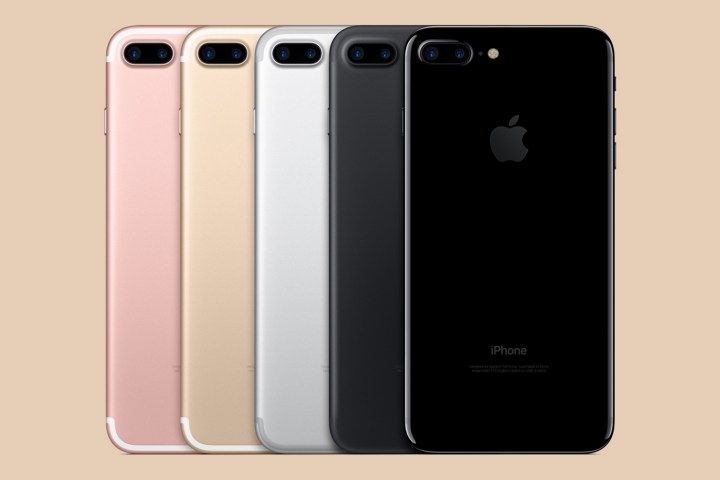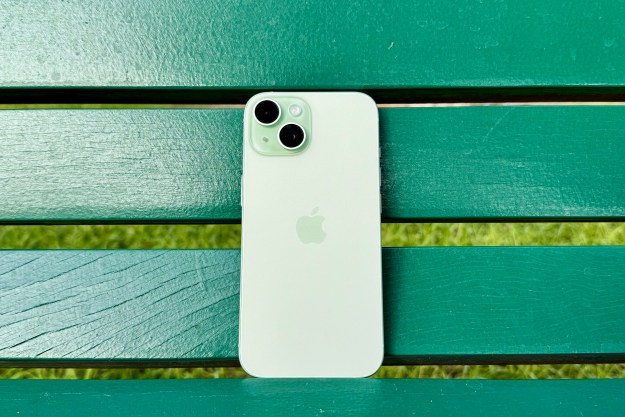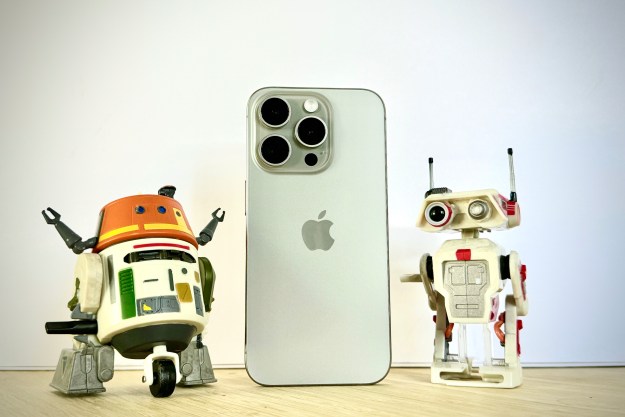
An eagle-eyed reporter at AppleInsider first spotted the incongruity on Apple’s official website. On Apple’s iPhone SE product webpage, the handset is estimated at a full day, or 12 hours, of charge on 3G and 13 hours on LTE or Wi-Fi. Its talk time, meanwhile, is pegged at 14 hours, and video and audio playback are quoted at a respective 13 hours and 50 hours.
That’s in contrast to the iPhone 7’s numbers. Apple’s website lists the brand-new handset as lasting 12 hours on 3G — the same as the iPhone SE — but 12 hours on 4G LTE, or an hour short of the SE’s maximum. Audio playback is dramatically shorter, too, at 40 hours of wireless playback — 10 hours short of the iPhone SE’s quoted 50 hours of wired play. But Wi-Fi usage and talk time are estimated to be the same as the iPhone SE at 14 hours.
The iPhone 7 Plus’s battery, as you might expect, far outperforms the
The closeness in battery life between the iPhone 7 and iPhone SE is likely thanks to the handsets’ comparable cell sizes. The SE packs a 1,624mAh battery, and while Apple hasn’t disclosed the
Considering the amount of energy-saving tech the iPhone 7 contains, its weak battery showing comes as a bit of a surprise. Apple touted the new smartphone’s silicon as “high efficiency”: its A10 Fusion processor contains two energy-saving cores that power up when an intelligent controller favors efficiency over processing power. (Apple said they’ll kick in during light tasks like email composition and social media updates.)
And this would appear to put to bed a rumor, circulated in July, that the iPhone 7 would sport a significantly larger battery than the iPhone 6s — as high as 1,960mAh, or 14 percent larger than its predecessor’s 1,715mAh cell.
Battery life is not a new source of consternation among iPhone users, exactly. Third-party battery add-ons by Mophie routinely top iPhone accessory sales charts, and last year, Apple addressed the longstanding elephant in the room with a battery case of its own: the 1,877mAh Smart Battery Case.
And on the software side, the iPhone maker has regularly rolled out what might be perceived as “battery band-aids.” Newer iterations of iOS, the iPhone’s operating system, pack a Low Power Mode that reduces mail fetch, Siri functions, background app refresh, automatic downloads, and some visual effects to save on juice. And iOS 10 is reported to improve day-to-day software efficiency.
Apple said iPhone 6S users, on average, should expect to get up to 2 more hours of battery life out of the iPhone 7.
Editors' Recommendations
- I found an amazing new way to use my iPhone 15 Pro Max
- One of the most iconic iPhone accessories is back — and it’s great
- The 4 biggest announcements we expect from Apple’s May 7 event
- This one Apple Fitness feature completely changed how I exercise
- Nomad’s new iPhone case and Apple Watch band may be its coolest yet


